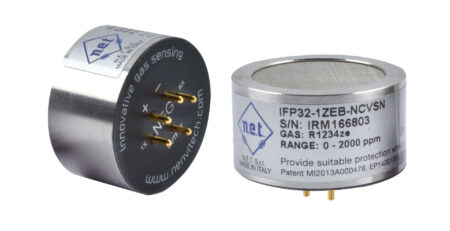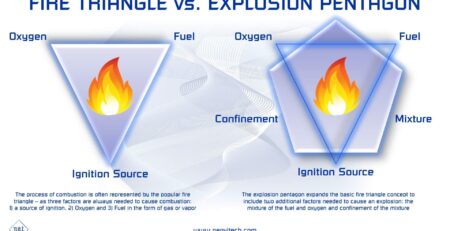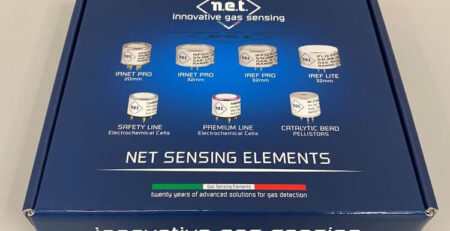IR SENSORS ARE LIKELY TO BE THE MOST PRACTICAL LEAK DETECTION OPTION WITHIN THE COMMERCIAL/INDUSTRIAL HVACR SECTOR, ACCORDING TO AHRTI REPORT No. 9009 – LEAK DETECTION OF A2L REFRIGERANTS IN HVACR EQUIPMENT
During the course of 2017, the Air-Conditioning, Heating and Refrigeration Technology Institute, Inc. (AHRTI) released a complete assessment to investigate which of the available refrigerant sensor technologies would be able to meet the anticipated update of current international and U.S. standards for HVACR systems.
Specification requirements for A2L refrigerants, including refrigerant sensor requirements such as response time and measurement ranges, are in fact expected to be introduced or revised on the following standards:
- International Standard IEC 60335-2-40: Household and similar electrical appliances – Particular requirements for electrical heat pumps, air conditioners, and dehumidifiers (Edition 5.1, April 2016)
- ASHRAE Standard 15-2016: Safety Standard for Refrigeration Systems
- International Organization for Standardization (ISO) 5149-3:2014 Refrigerating systems and heat pumps – Safety and environmental requirements
Over the past few years, low-GWP HFCs and HFOs, have been developed to replace the HFCs currently in use. Several of these proposed refrigerants fall into an ASHRAE safety category created in ASHRAE Standard 34-2010: Designation and Safety Classification of Refrigerants, A2L. A2L refrigerants are a sub-class of A2 (i.e., lower flammability) refrigerants that have a burning velocity of ≤10 cm/sec when tested at 23°C and 101.3 kPa.
As a result, codes and standards will require the use of sensors to detect a refrigerant leak for both commercial/industrial and residential applications to mitigate the potential for a combustible event.
In the AHRTI study, “available technologies were evaluated on whether these can be incorporated into HVACR equipment for both commercial/industrial and residential applications and meet the proposed requirements for detecting A2L refrigerants. In addition, key known failure modes were also identified for available sensor technologies and suitable reliability testing procedures to address these potential failure modes were developed”.
The report concluded that “Within the commercial/industrial sector, IR sensors are likely to be the most practical option, assuming the detection range can be increased. These sensors are already widely used in commercial/industrial settings and are considered to be less susceptible to potential failure modes in commercial/industrial settings”. “MOS sensors could also be viable for use with commercial/industrial HVACR equipment if installed in a clean environment, as MOS sensors are susceptible to poisoning or interference from a number of gases”.
The full report is available at the following link: http://www.ahrinet.org/App_Content/ahri/files/RESEARCH/Technical%20Results/AHRTI_9009_Final_Report.pdf
The Air-Conditioning, Heating and Refrigeration Technology Institute, Inc. (AHRTI) is a not-for-profit organization to conduct scientific research in the public interest. Originally established in 1989 as the Air-Conditioning and Refrigeration Technology Institute (ARTI), it was renamed AHRTI and incorporated in Virginia on 28 January 2010. AHRTI is collocated with AHRI in Arlington, Virginia.








